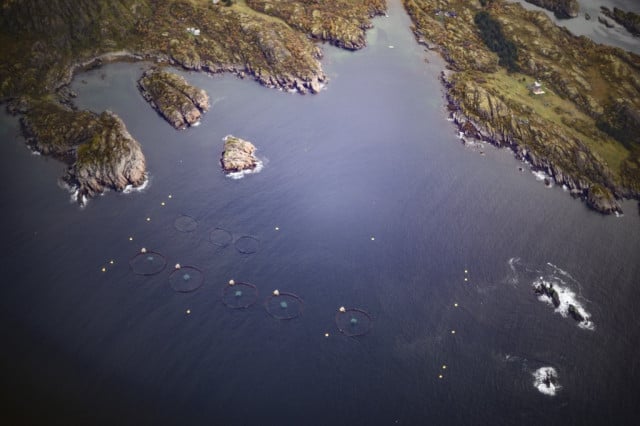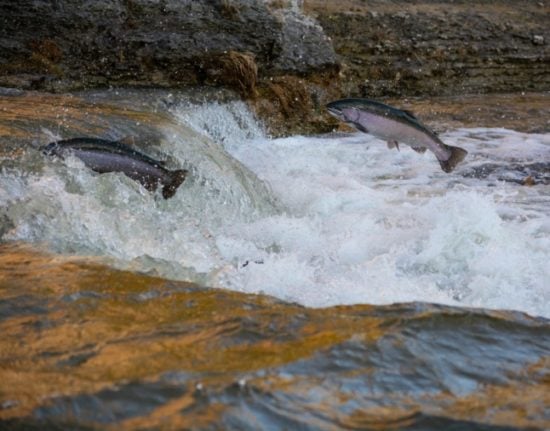More than 10,000 tonnes of salmon have died in their pens in fjords in the counties of Nordland and Troms since mid-May, the authority estimated late on Tuesday.
That represents several million fish and a financial loss for fish farmers of hundreds of millions Norwegian kroner (tens of millions of dollars or euros), it said.
Stocks are being decimated by an alga of the Chrysochromulina family, a phytoplankton common in Norwegian water but which can under certain conditions bloom and asphyxiate fish in their cages.

The fisheries directorate warned that “the algal bloom is not over” and the mortality could become much higher, industry experts said.
The development has led to a sharp rise in salmon prices, which have shot up by 5.7 percent over the past week to more than 65 kroner (6.70 euros).
Norway is the world leader in farmed salmon, with a total production of 1.3 million tonnes in 2018, and experienced a similar event in 1991.



 Please whitelist us to continue reading.
Please whitelist us to continue reading.
Member comments